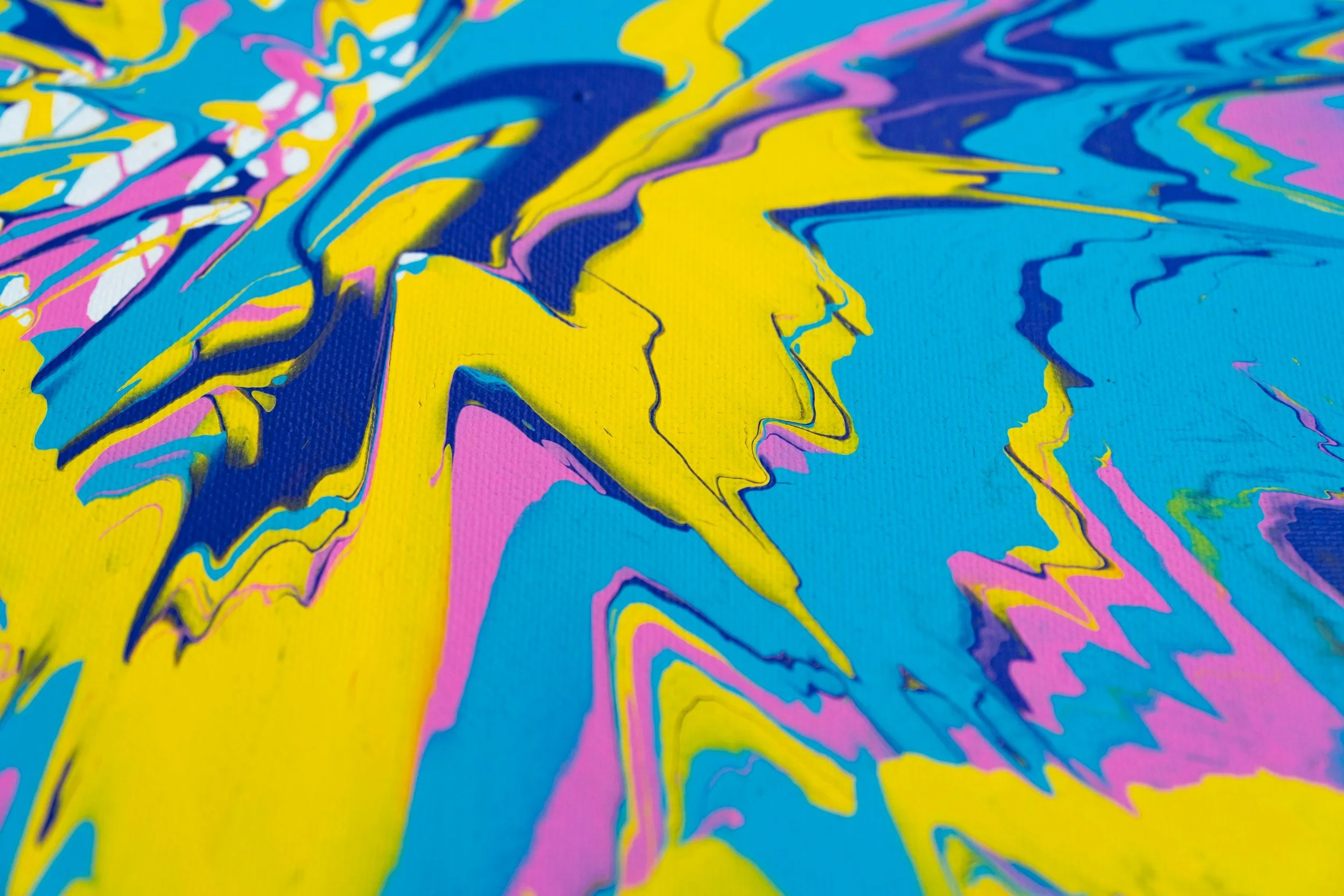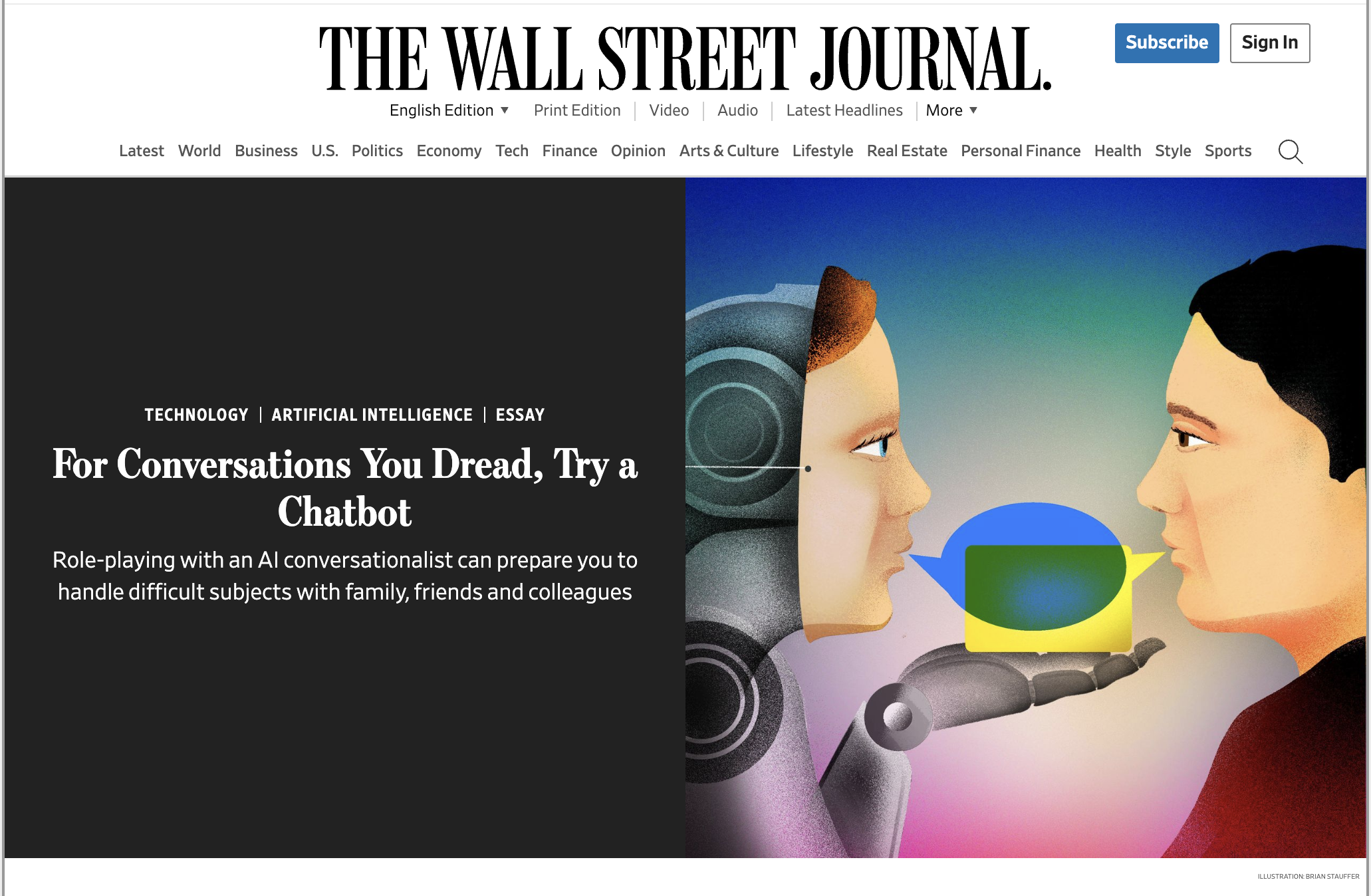Be Skeptical
Design is an inherently optimistic field. We are, after all, trying to make the world a better place. But this optimism can lead to naïveté, and can actually hinder real progress, if left unchecked. What most optimistic designers need is a healthy countervailing dose of skepticism to compliment the optimism with which they approach the task of innovation.
Whitney Burks is a standout designer. She’s also a hard-core technologist at a biomedical start-up. I’ve long admired her creative output on many fronts, and was delighted to have the opportunity to learn about how she merges her many worlds (yes, there’s an interview dropping soon…!)
One thing she said really struck a chord: “The biggest difference between scientists and designers is scientists are super skeptical of the data they get out. They get one positive result, but then need to test a number of times before they’re willing to say something is ‘true.’”
I’ve seen many design efforts that are accompanied by irrational enthusiasm. Somebody gives positive feedback, and the team is over the moon with chants of victory. But just as a “bad result” doesn’t necessarily mean you have a bad idea, neither does a good result mean an idea is worth pursuing. Only a skeptical, scientific willingness to work the work will yield data worth standing upon.
Both are traps for early innovation efforts. The key is to find the fine balance between exuberance and cynicism. Design should live on the tightrope.
Related: Judge Experiments Before Ideas
Related: Get Scientific
Related: Make It To Make It Better
Click here to subscribe to Paint & Pipette, the weekly digest of these daily posts.










Cleverly deploying AI is not merely speeding up innovation—it's unlocking a fundamentally different relationship with the creative process. Here’s how to shift from operation, to orchestration.